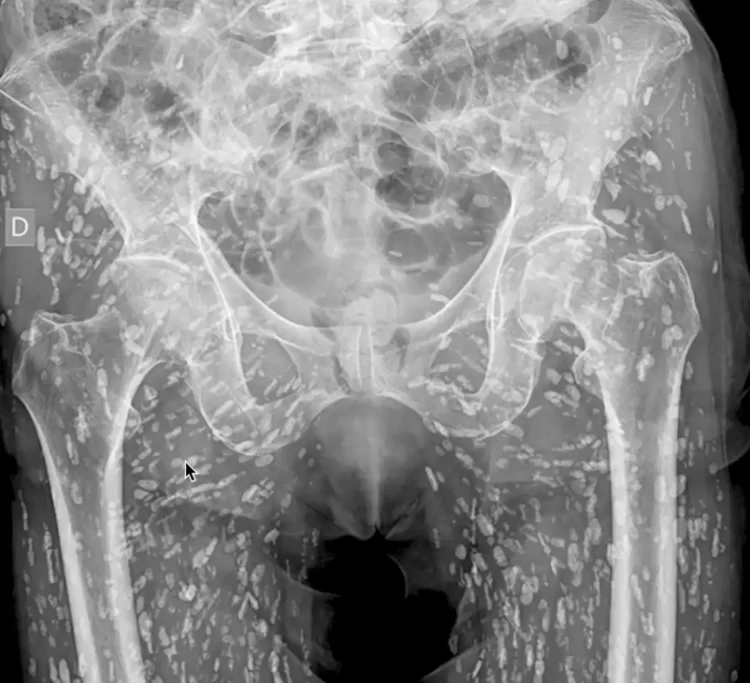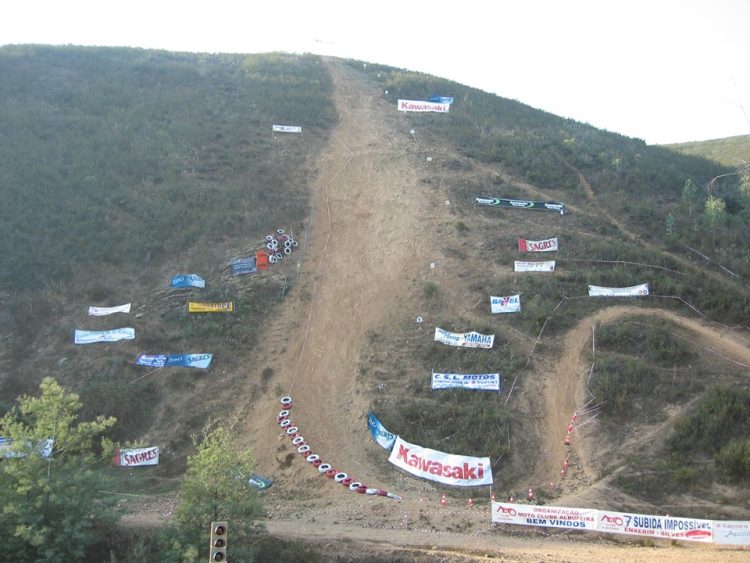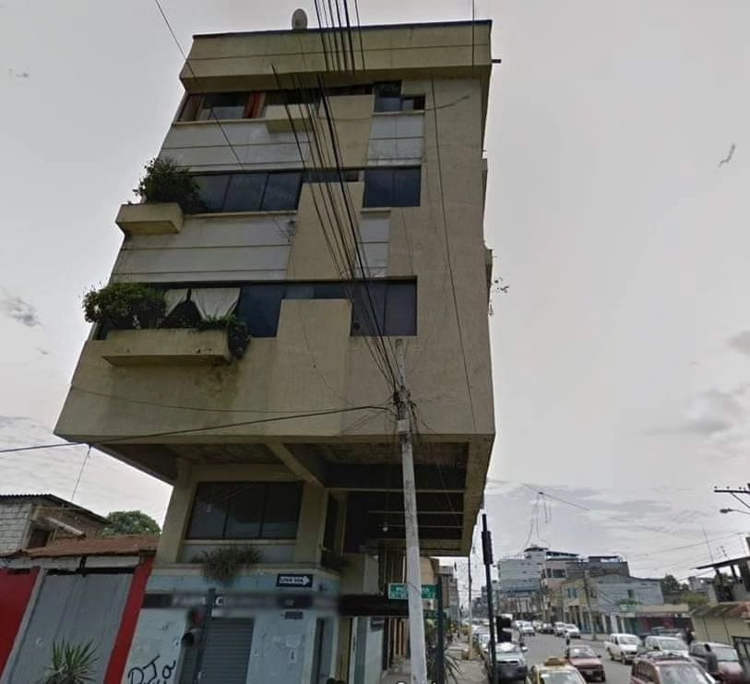Can beauty be created out of destruction and chaos? Portuguese artist Alexandre Farto believes that it can, and offers his incredible chiseled portraits on the side of buildings, as proof.
23-year-old Farto, aka Vhils, grew up in Seixal, on the outskirts of Lisbon, and became interested in graffiti art during the late 1990s. Apparently, at some point that just wasn’t enough for him and he started looking for other ways to express his creativity through urban art. He came up with subtractive art, which involves creating detailed portraits by breaking away pieces of walls, by using various techniques. His amazing works have been chiseled onto various derelict buildings around Europe and featured in exhibitions alongside pieces by world-renowned street artists the likes of Banksy. The young artist hopes his “faces in the city” portraits will inspire people to see beyond what meets the eye.





















